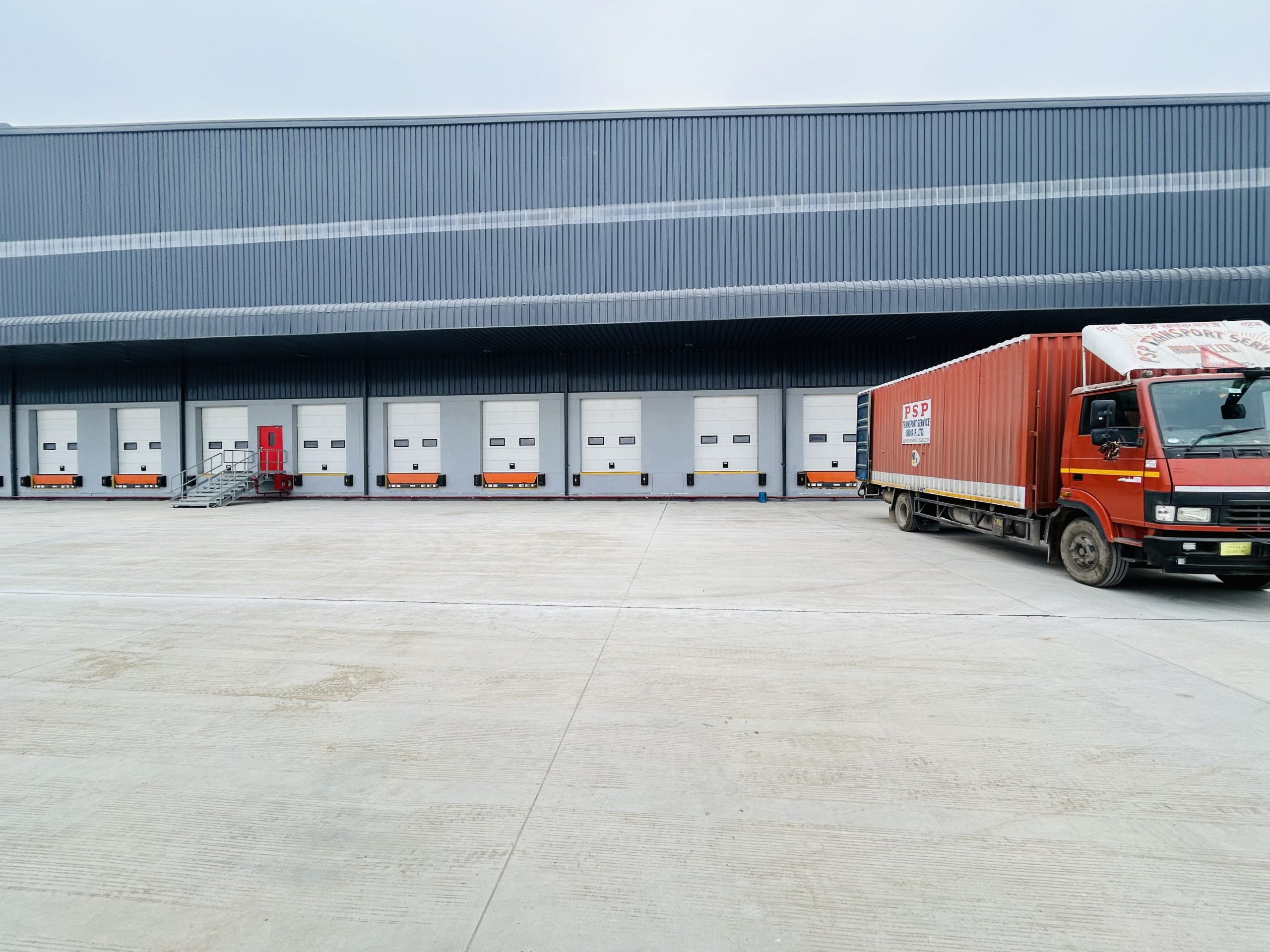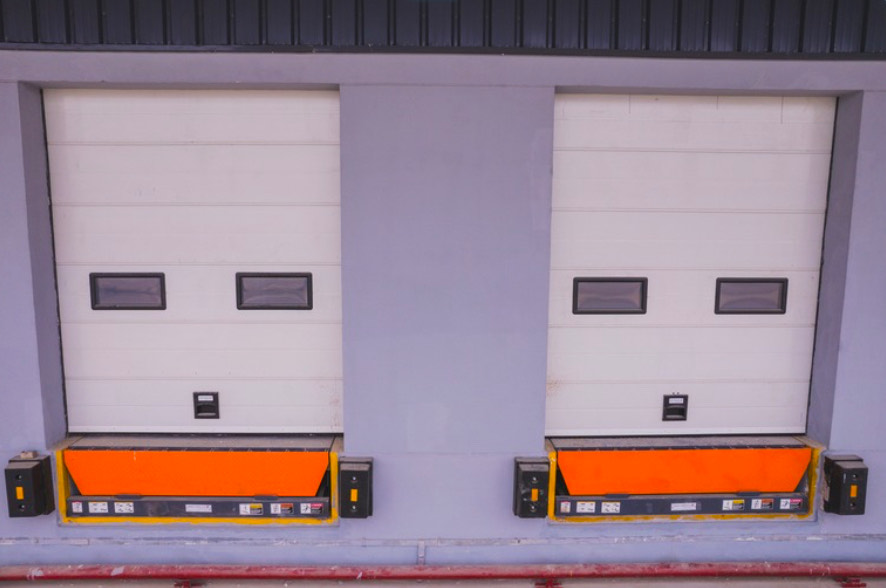
Efficient loading and unloading processes are essential for businesses involved in shipping and logistics. Two common solutions for bridging the gap between trucks and loading docks are dock levelers and traditional loading ramps. Let’s understand the differences between these two options and straightforwardly explore their respective advantages.
Dock Levelers: Bridging the Gap with Precision
Dock levelers are mechanical devices installed at loading docks to create a smooth bridge between the warehouse floor and the truck bed. These devices are typically positioned at the dock entrance, providing a seamless transition for forklifts and other equipment.
Advantages of Dock Levelers:
1. Precision in Height Adjustment:
Dock levelers offer precise control over the height difference between the dock and the truck, ensuring a level surface for loading and unloading. This feature is particularly beneficial when dealing with trucks of varying heights.
2. Enhanced Safety Measures:
Many modern dock levelers come equipped with safety features, such as lip extension alerts and automatic descent controls. These contribute to a safer working environment by preventing accidents and ensuring that the leveler is appropriately positioned.
3. Increased Efficiency:
Dock levelers facilitate faster loading and unloading processes, reducing downtime. This efficiency is especially crucial in industries where timely shipments and logistics play a pivotal role.
4. Temperature Control:
Dock levelers help maintain temperature control within the facility by minimizing the gap between the truck and the dock. This is essential for industries dealing with perishable goods or products sensitive to temperature fluctuations.
5. Improved Load Stability:
Dock levelers contribute to better load stability during the loading and unloading process. The precisely leveled surface minimizes the risk of forklifts or other equipment encountering bumps or uneven terrain, reducing the likelihood of accidents and product damage.
6. Integration with Building Infrastructure:
Dock levelers are often integrated into the building’s infrastructure, providing a seamless and aesthetically pleasing solution. This integration not only enhances the overall appearance of the loading dock area but also ensures a solid and stable connection between the warehouse and the truck for consistent loading and unloading operations.
7. Adaptability to Various Truck Sizes:
As trucks come in different sizes and configurations, dock levelers can be customized to accommodate these variations. This adaptability ensures that a wide range of trucks, including those with unusual bed heights or specialized equipment, can be serviced efficiently, making dock levelers a versatile solution for diverse logistical needs.

Traditional Loading Ramps: Simplicity in Design
Traditional loading ramps, also known as yard ramps or portable ramps, are simple inclined surfaces that provide a direct pathway for moving goods between the dock and the truck.
Advantages of Traditional Loading Ramps:
1. Mobility and Flexibility:
Unlike dock levelers, traditional ramps are portable and can be moved to different locations as needed. This flexibility is advantageous for businesses that require loading and unloading capabilities at various points within their facility.
2. Cost-Effectiveness:
Traditional loading ramps are generally more cost-effective than installing dock levelers. This makes them an attractive option for smaller businesses or those with budget constraints.
3. Versatility in Applications:
Loading ramps can be used in a variety of settings, including outdoor spaces or temporary locations where a fixed dock may not be practical. Their versatility makes them suitable for a range of industries.
4. Simplified Maintenance:
The maintenance of traditional loading ramps is often less complex than that of dock levelers. The straightforward design contributes to easier upkeep and may reduce long-term maintenance costs.
5. Quick Deployment in Temporary Settings:
Traditional loading ramps shine in situations where a temporary loading solution is required. If a business needs to set up a loading point in an outdoor location or at a site without a permanent dock structure, traditional loading ramps offer a rapid and effective solution, enabling businesses to adapt to changing operational needs.
6. Accessibility in Non-Standard Locations:
Traditional loading ramps can be used in non-standard or challenging locations where a fixed loading dock may not be feasible. Whether it’s an outdoor event, a construction site, or a facility with unconventional infrastructure, the portability and adaptability of traditional loading ramps make them a valuable asset in diverse environments.
7. Cost-Effective Expansion:
For businesses looking to expand their loading capabilities without significant capital investment, traditional loading ramps provide a cost-effective solution. The lower upfront costs and simplified installation make them an attractive option for smaller businesses or those in need of additional loading points on a budget.
Choosing the Right Solution:
When deciding between dock levelers and traditional loading ramps, businesses should consider factors such as the frequency of use, the variety of truck heights encountered, available budget, and the need for temperature control.
Wrapping up
In the world of loading and unloading solutions, both dock levelers and traditional loading ramps offer unique benefits. Dock levelers excel in providing precise height adjustments, enhanced safety features, and increased efficiency, especially in high-traffic loading dock scenarios. On the other hand, traditional loading ramps offer simplicity, mobility, cost-effectiveness, and versatility in applications.
Ultimately, the choice between dock levelers and traditional loading ramps depends on the specific needs and circumstances of the business. By understanding the advantages of each solution, businesses can make informed decisions to optimize their loading and unloading processes.

